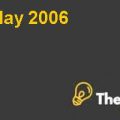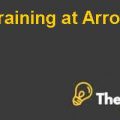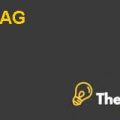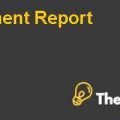
J. Heinz M&A Case Solution
In Dec 2012, 3G and Berkshire Hathaway wanted to acquire H .J. Heinz Company. As the food industry was mature, both companies saw the opportunities in Heinz that after the acquisition, Heinz has potential expand into emerging market, and can also become more efficient in production. In 2006, the overall market was booming and most companies saw an increase in profit. However, according the case was completely opposite for Heinz, company was in losses. Nelson Peltz acquired 5.4% shares of the company through his own investment and his firm, Train Fund Management. Since the company was in loss, he urged the board to lay off 27000 employees, close down 15 factories and buy back 1 billion shares in order to improve Heinz’ financial performance. The board obliged to these demands.
As the company was in losses and CEO of Heinz decided to increase the shareholders wealth with a merger. He has to pay a fee of $750 million if he decides to break the merger agreement. In case if, the merger does not help to increase the shareholders’ wealth. The buyer agreed to reverse termination fee 1.4 billion. In early 2000, when Heinz acquire Hershey Food, this deal show clear cut to the shareholders of the Hershey the there is possibility Hershey will relocate there operation outside of the original company headquarters in Pittsburgh. During merger negotiation, they decided that there would be no plan to relocate operation outside of Pittsburgh. However, reallocation happened, and Heinz learned from this experience, sales of the Pittsburgh cut down. This also had an impact on the naming rights to the Heinz football stadium.
The go shop is the provision in the merger that allows the public company that is being sold to look for competing offers even after it has already accepted a purchase offer. The maximum duration of the go shop is about one or two months. Go shop gives the company an opportunity to select a better offer. If any better option emerges from the go-shop process, the target company is able to exercise that better offer and terminate the merger agreement with an initial buyer. The go shop period is necessary for the company so that the management can sell the company at the best offer. The go shop process is risky for the buyer, if anyone offers more than the buyer does, then the seller will sell at the best possible purchase price. Thus, get more profit than what it could get from the previous buyer.
The investment banks are involved in Go shop process, they provide a fair opinion and value the company by using valuation methods. The bank provides information to the directors so that they use fairness opinion to justify whether they should accept or reject a given offer. Along with that, investment banks provide sell-side advising so that company can be sold at the higher bid.............











